Despite decades of producing climate change knowledge and engaging in science communication and policy advising, there is still no discernible structural shift from a high‐ to a low‐ or even zero‐carbon‐emissions development pathway.
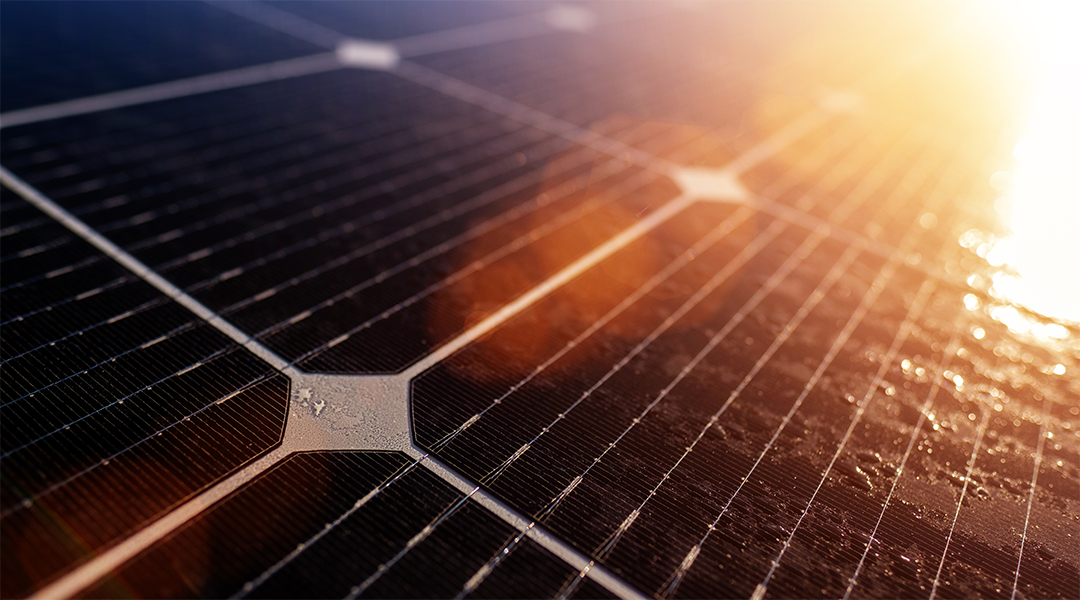
Inorganic Perovskite Solar Cells: Towards Low Cost, High Efficiency and Long-Term Stability
A new strategy towards high efficiency, low cost and large-scale application of perovskite films is demonstrated.
![Tumor-Targeting Nanoprobe with a Novel Cell Membrane Permeability Mechanism [Video]](https://www.advancedsciencenews.com/wp-content/uploads/2019/03/adma201807456_ASN_image.jpg)
Tumor-Targeting Nanoprobe with a Novel Cell Membrane Permeability Mechanism [Video]
A team of researchers develop a graphene-based tumor cell nuclear targeting fluorescent nanoprobe (GTTN) with a cell membrane permeability targeting mechanism.
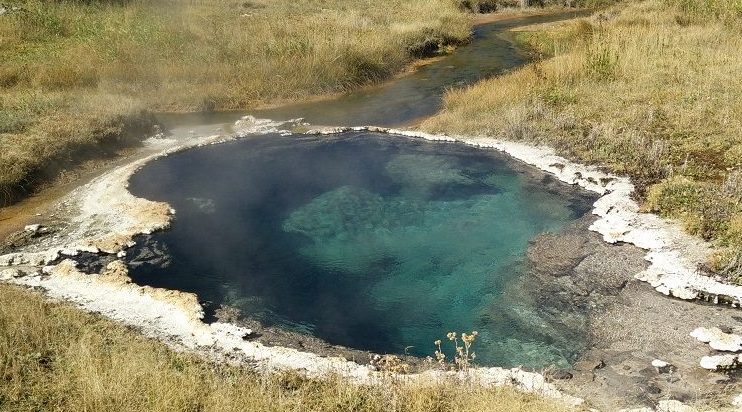
Bacteria that Eats Pollutants and Breathes Electricity
US scientists have found bacteria that converts toxic pollutants into less harmful substances, while generating electricity in the process.
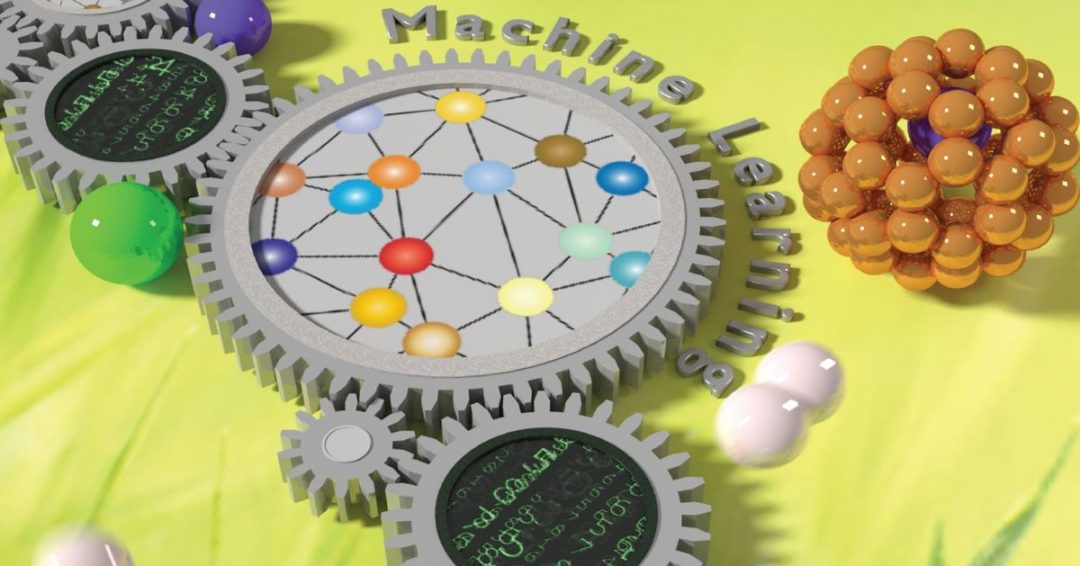
Computational Materials Design for Future Technologies
Computational materials design is shown to be essential for the discovery of new and novel materials of the future.
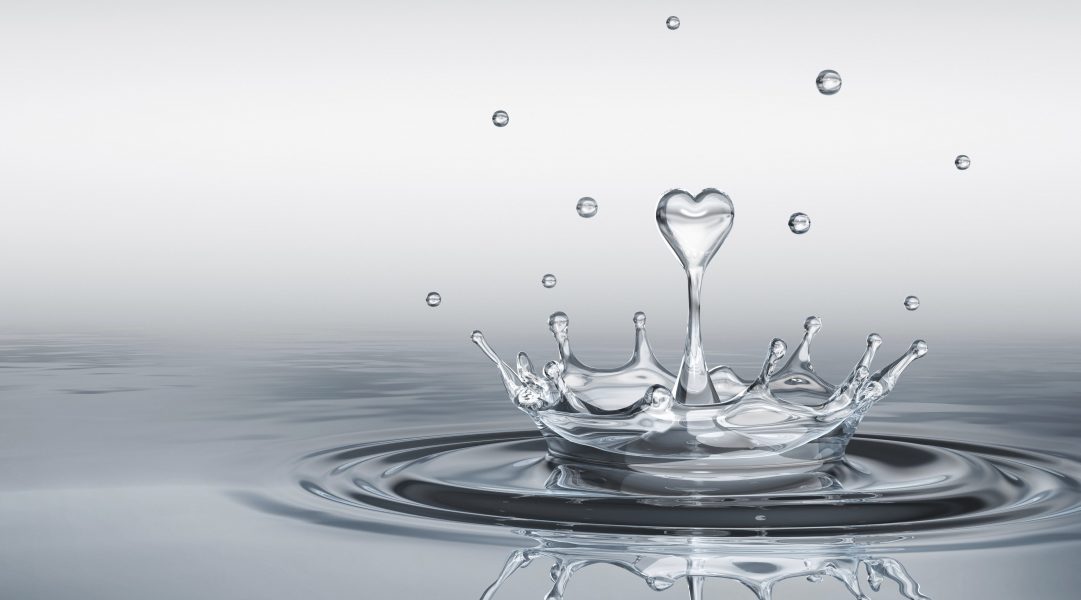
Cold Plasma To Clean Up Our Water
A team of Canadian researchers has shown that direct contact between an AP “cold” oxidizing plasma source and water that contains very high concentrations of cyanobacteria and green algae, along with associated BMAA toxin, could be quite rapidly (in minutes) decontaminated with modest energy input.
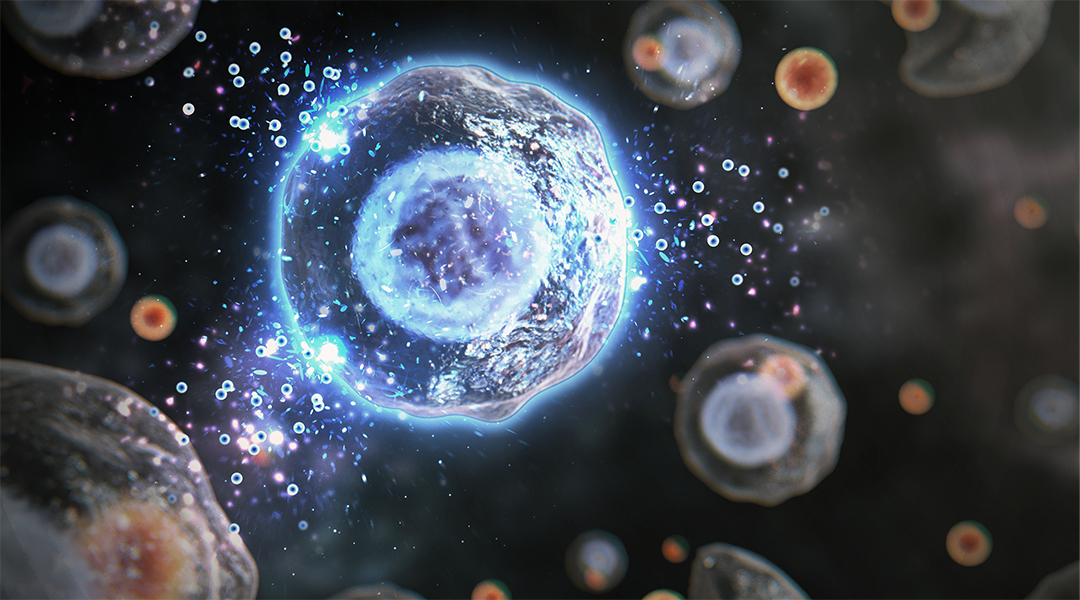
Bio-Interfaces for Immuno-Engineering
Special issue in Advanced Healthcare Materials, edited by Weiqiang Chen and Deok‐Ho Kim, including biomaterial-immune cell interactions, immunotherapy, immune organs-on-chip and mechanobiology.
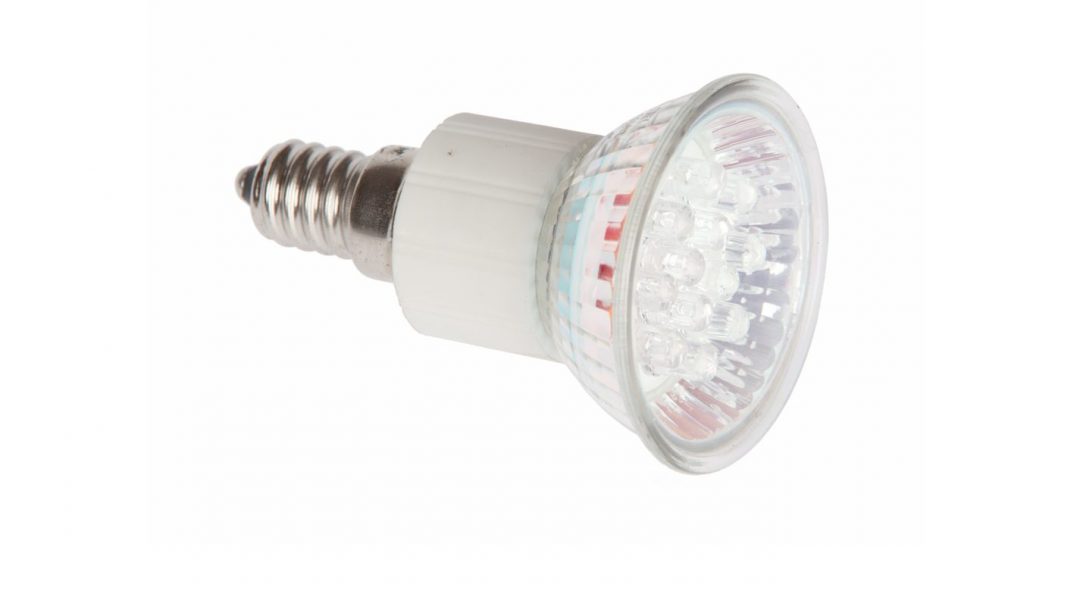
New Design for Potential Handheld Microscope for In Vivo Skin Imaging
A team of researchers from the University of Paris, France developed a compact high‐speed full‐field optical coherence microscope for high‐resolution in vivo imaging of biological tissues.
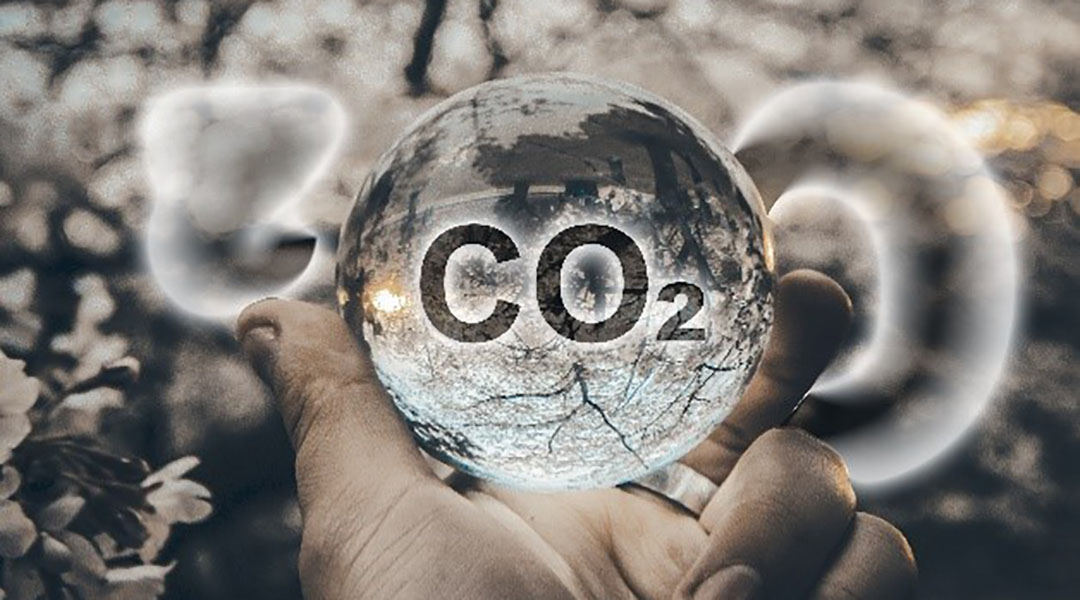
Industrial Carbon Dioxide Photocatalysis
Researchers at the University of Toronto discuss the origins and advances of carbon dioxide photocatalysis.

Happy Birthday! Advanced Engineering Materials Turns 20
Happy 20th birthday to Advanced Engineering Materials!










